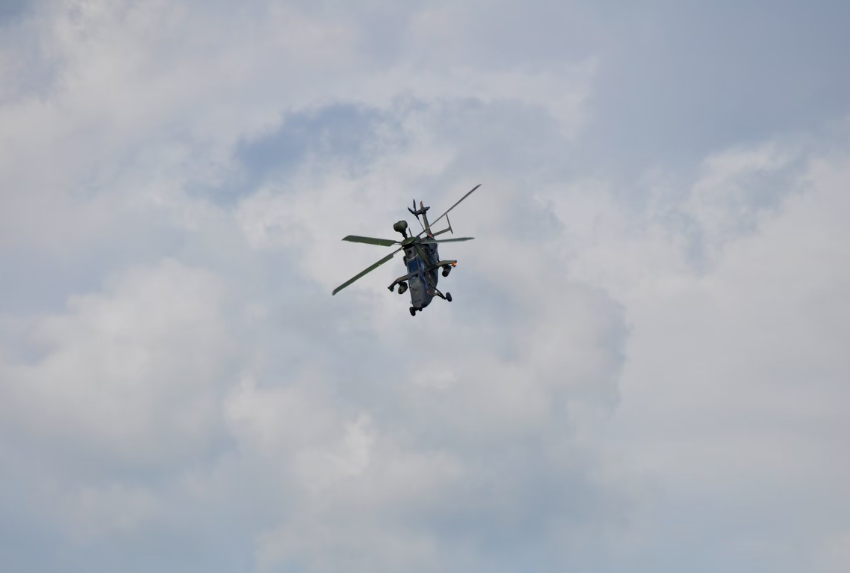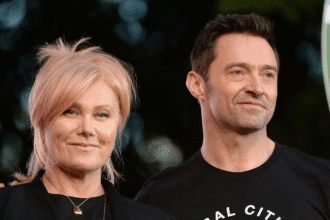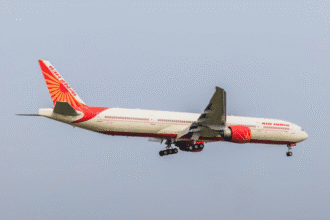Four persons died, and many more were critically injured in a January 2023 helicopter collision close to SeaWorld on the Gold Coast. Several operational mistakes, including a broken radio antenna and major communication breakdowns, have been exposed by transport safety authorities as having contributed to the catastrophe. Australia’s Transport and Safety Bureau (ATSB)’s probe of this helicopter incident exposes important aviation operator safety concerns and hazards.
- What Main Events Led to the Helicopter Collision?
- Did operational changes at SeaWorld help to cause the helicopter collision?
- How did the antenna failure and radio call affect the helicopter collision?
- Who Were the Victims of the Helicopter Collision?
- What Lessons Can Be Learned from the Helicopter Collision?
- Conclusion: The Critical Importance of Safety in Helicopter Operations
The event happened in one of Australia’s most popular tourist locations, casting doubt on the safety of flying on leisure and tourist-oriented flights. The two helicopters were in a devastating mid-air disaster, which emphasizes the need for dependable communication systems, good risk management, and proper traffic control in all aviation operations—including leisure flights.
What Main Events Led to the Helicopter Collision?
About twenty seconds after one helicopter took off and while the other was getting ready to land, the incident happened. Tragic results followed from the two aircraft colliding mid-air. While the other helicopter made a safe landing despite damage, all of the passengers on the other one that had taken off perished. Though some were severe, those on the landing helicopter survived the collision.
Investigating the incident, the ATSB concentrated on several elements causing the accident. The pilot of the outgoing helicopter failing to receive a crucial radio communication from the approaching helicopter was a major problem. This resulted from an airplane taking off with a flaw in its antenna system. The helicopter’s failing radio antenna caused the pilots to lose contact with one another. The pilot getting ready to land had made a crucial radio communication, but the other pilot didn’t hear or receive it.
Apart from the mechanical malfunction, other systematic flaws in risk management at SeaWorld reinforced the lack of effective communication among the pilots.
Did operational changes at SeaWorld help to cause the helicopter collision?
SeaWorld had made some major operational adjustments to its helicopter flight operations in the months before the disaster. Although these modifications were meant to improve the travel experience and boost flying availability, they also unintentionally generated new concerns. The construction of a second helipad at the resort was one of the main changes, so helicopters were running closer together.
To meet the growing demand for leisure flights, SeaWorld also brought in extra big Eurocopter EC140 B4 helicopters. Although these helicopters were meant to increase efficiency, the arrival of bigger aircraft without a matching update in risk management resulted in a perilous scenario. With the altered operating environment, the risk measures meant to control the separation between helicopters lost their efficacy.
The helicopter incident happened in an environment where the newly implemented modifications, together with the malfunctioning communication systems, compromised the efficiency of the risk management strategies. The ATSB assessment underlined that improved risk management would have prevented the conflict points the new traffic patterns generated.
“Over time, these developments undermined risk controls used to manage traffic separation and created a conflict point between launching and departing helicopters,” the paper said. This issue emphasizes the need to go over safety precautions before implementing operational changes.
How did the antenna failure and radio call affect the helicopter collision?
The malfunction of the radio communication system was a major contributing reason to the helicopter collision. Making a crucial radio transmission, the pilot of the arriving helicopter informed the pilot of the outgoing helicopter getting ready for landing. However, the malfunctioning antenna on the departing aircraft prevented this communication from being received.
The pilot of the departing helicopter was concentrating on preparing for takeoff and loading passengers. He did not hear the oncoming aircraft’s radio call, which would have notified him of the approaching helicopter and its position. Without this communication, the pilot launched the takeoff without considering the possibility of a collision even though the second helicopter was in the airspace.
In aviation, efficient radio communication is crucial for the safe functioning of aircraft. The radio failure was not merely a technical issue but also a breach in routine safety processes that were designed to warn pilots of the presence of other aircraft in the vicinity.
“A taxiing call from the inbound helicopter would have triggered the pilot of the departing helicopter to reassess the situation, but the faulty antenna likely prevented that call from being received,” the ATSB investigation concluded. The inquiry determined that this communication failure was a major component that led to the helicopter collision.
Who Were the Victims of the Helicopter Collision?
The helicopter collision regrettably took the lives of four people. Diane Hughes, 57, and her 65-year-old husband Ron, who were from Neston, Cheshire, were among the victims. Separated by the COVID-19 epidemic, the pair had married in 2022 and were now visiting family. Their family characterized them as a “fun-loving” couple with a “zest for life.”
Vanessa Tadros, 36, a Sydney native, and 40-year-old SeaWorld Helicopters pilot Ashley Jenkinson, originating from Birmingham, were both killed in the incident.
Six additional persons on the returning helicopter were critically hurt, while three more had minor injuries. The passengers on the second helicopter that successfully landed complimented the pilot for his fast thinking and courageous actions in landing the damaged aircraft safely, despite the turmoil and confusion surrounding the incident.
What Lessons Can Be Learned from the Helicopter Collision?
The ATSB’s examination resulted in 28 findings that underscore the necessity of safety measures in aviation. One of the main takeaways is that even well-meaning modifications to aviation operations—such as adding new flight routes or bigger aircraft—may have unexpected results. Operators must carefully consider the potential safety concerns connected with operational modifications.
ATSB Chief Commissioner Angus Mitchell remarked, “The most fundamental lesson from this investigation is that making changes to aviation operations, even those that appear to increase safety, can have unintended consequences.” “It is therefore critical that changes to aviation operations are managed through the implementation of a defined process to ensure overall safety is not adversely affected”
Another major learning from the inquiry is the significance of maintaining reliable communication channels. In this scenario, the defective antenna on the leaving helicopter prevented the pilot from getting important information that could have averted the crash. Regular maintenance and inspections of communication equipment are crucial for maintaining the safety of both passengers and crew.
Conclusion: The Critical Importance of Safety in Helicopter Operations
The helicopter collision at SeaWorld serves as a heartbreaking reminder of the necessity for strong safety procedures in the aviation industry. This incident emphasizes the risks inherent in conducting leisure flights, particularly in big tourist areas where airspace can get congested. It also underlines the significance of maintaining good communication channels, handling operational changes cautiously, and regularly assessing safety protocols.
Although Sea World’s modifications meant to improve the passenger experience also brought fresh hazards. This incident highlights the requirement of operators to find a balance between providing their services and guaranteeing the best degrees of safety. The sector can stop future helicopter collisions and raise the general safety of all aircraft operations by learning from this tragedy and applying improved risk management techniques.








